Healing Through Movement: Comparing Physiotherapy and Osteopathy
When it comes to recovering from injuries, managing chronic pain, or improving mobility, the right therapeutic approach can make all the difference. Physiotherapy and osteopathy are two prominent disciplines that harness the power of movement and manual techniques to promote healing and overall well-being. While they share some common ground, their methods and philosophies differ significantly. Let’s explore these differences to help you determine which approach might be right for you.
Physiotherapy: Science-Driven Recovery
Physiotherapy, also known as physical therapy, focuses on restoring movement and function when someone is affected by injury, illness, or disability. Rooted in evidence-based practice, it emphasizes rehabilitation through:
- Targeted Exercises: Strengthening and stretching routines tailored to the individual’s needs.
- Manual Therapy: Techniques such as joint mobilization and soft tissue manipulation.
- Electrotherapy: Use of modalities like ultrasound, TENS (Transcutaneous Electrical Nerve Stimulation), and laser therapy to reduce pain and promote healing.
- Education and Prevention: Teaching patients about posture, ergonomics, and techniques to prevent future injuries.
Physiotherapists often collaborate with medical professionals to create comprehensive treatment plans for conditions ranging from sports injuries and post-surgical recovery to chronic issues like arthritis and neurological disorders.
Osteopathy: Holistic Alignment
Osteopathy is a holistic approach that views the body as a unified system where structure and function are closely interconnected. Osteopaths use manual techniques to address imbalances, aiming to restore the body’s natural ability to heal itself. Key aspects of osteopathy include:
- Osteopathic Manipulative Treatment (OMT): Hands-on techniques to stretch, massage, and mobilize tissues and joints.
- Whole-Body Focus: Considering the interplay between muscles, bones, and internal organs to address the root cause of discomfort.
- Lifestyle Advice: Guidance on diet, stress management, and exercise to support overall health.
- Prevention-Oriented Care: Emphasizing maintaining structural balance to avoid future problems.
Osteopathy is often sought for musculoskeletal pain, headaches, digestive issues, and even stress-related conditions, reflecting its comprehensive perspective on health.
Key Differences Between Physiotherapy and Osteopathy
- Philosophy:
- Physiotherapy is more focused on specific physical impairments and is often condition driven.
- Osteopathy takes a holistic approach, addressing the body’s overall balance and how different systems interconnect.
- Techniques:
- Physiotherapy relies heavily on exercise and technology-assisted modalities.
- Osteopathy emphasizes hands-on techniques and manual adjustments.
- Treatment Goals:
- Physiotherapy aims to restore movement and alleviate pain through targeted rehabilitation.
- Osteopathy seeks to optimize overall body function by addressing structural imbalances.
- Scope of Practice:
- Physiotherapists often work in collaboration with surgeons, doctors, and other healthcare providers.
- Osteopaths frequently operate independently but may refer patients to specialists when necessary.
Which Should You Choose?
The choice between physiotherapy and osteopathy depends on your specific needs:
- If you have a targeted injury, post-surgical rehabilitation needs, or a chronic condition requiring evidence-based exercise programs, physiotherapy may be the better option.
- If you’re looking for a holistic approach to address overall body imbalances or multiple interconnected issues, osteopathy might be more suitable.
Combining Both for Optimal Results
For many, a combination of physiotherapy and osteopathy can offer the best of both worlds. Physiotherapy’s focus on rehabilitation and strengthening can complement osteopathy’s holistic adjustments, providing a comprehensive pathway to healing and wellness.
To learn more, check out this summary from Prime Health.
Healing through movement is a journey tailored to everyone’s unique needs. Whether you choose physiotherapy, osteopathy, or a blend of both, the goal is to enhance your quality of life by reducing pain, improving mobility, and empowering you to take charge of your health.
It’s a fantastic idea also to incorporate supplements from the Asher Longevity Institute. By doing so, we can enhance your body’s overall health and well-being.




